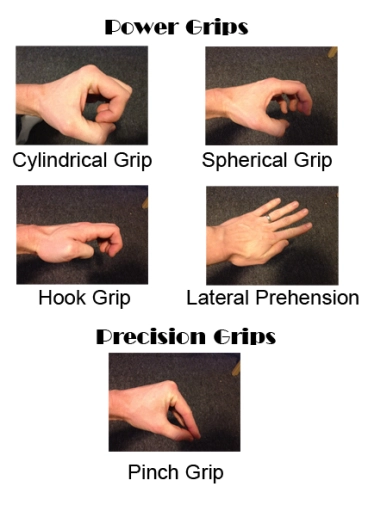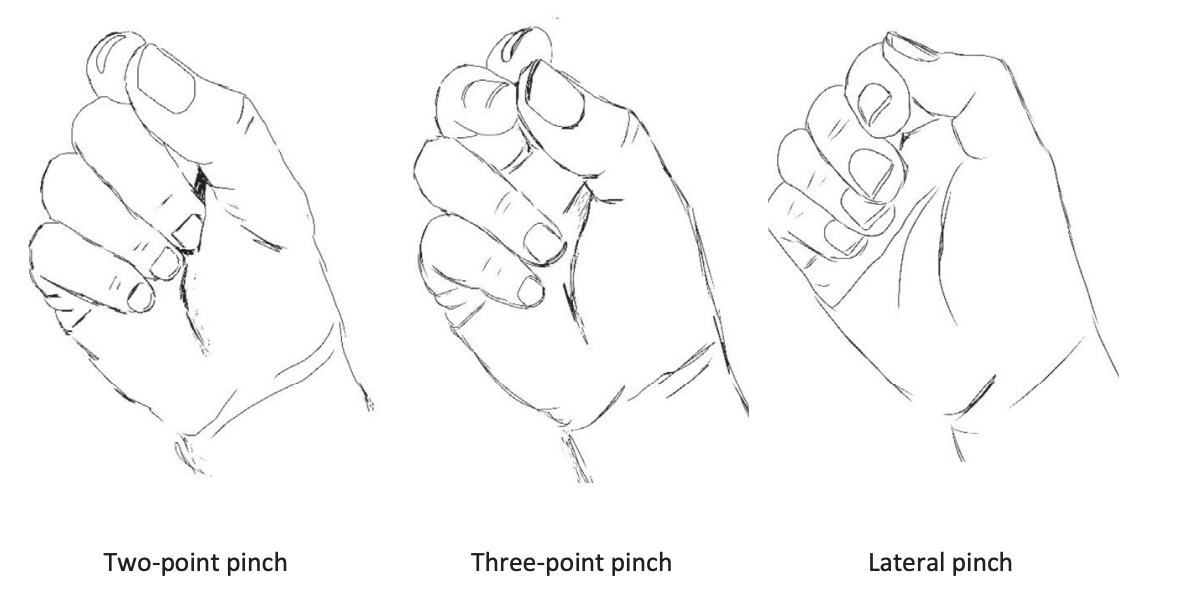The human hand is a marvel of engineering, capable of an incredible range of positions and powerful grips, making it one of the most complex and versatile elements of the body that enables everything from delicate tasks to robust actions.

There are many different Grips that can be achieved by the hand. In particular:

Studying in detail the hand anatomy, we closely considered how to test our splint solution within a standardized framework. There are two main tests that we can use to assess the effectiveness of our solution:
- Hand Grip Force Test
- Pinch Test
The golden standard for the Hand Grip Force Test is the Jamar Force Meter.
For the Pinch Test, it is possible to standardize the procedure, as through the use of a Jamar Hydraulich Pinch Gauge Dynamometer or a Spring Gauge to assess:
- 2 Point Pinch (2PP): Between the tip of the thumb and the index finger.
- 3 Point Pinch (3PP): Between the pad of the thumb and the pads of the index and middle fingers.
- Lateral Pinch (LP): Between the pad of the thumb and the medial-lateral surface of the index finger.

By employing these standardized tests, we can ensure a comprehensive evaluation of our splint solution's effectiveness, ultimately leading to more reliable and impactful results.
 Benedetta Lia Mandelli
Benedetta Lia Mandelli
Discussions
Become a Hackaday.io Member
Create an account to leave a comment. Already have an account? Log In.